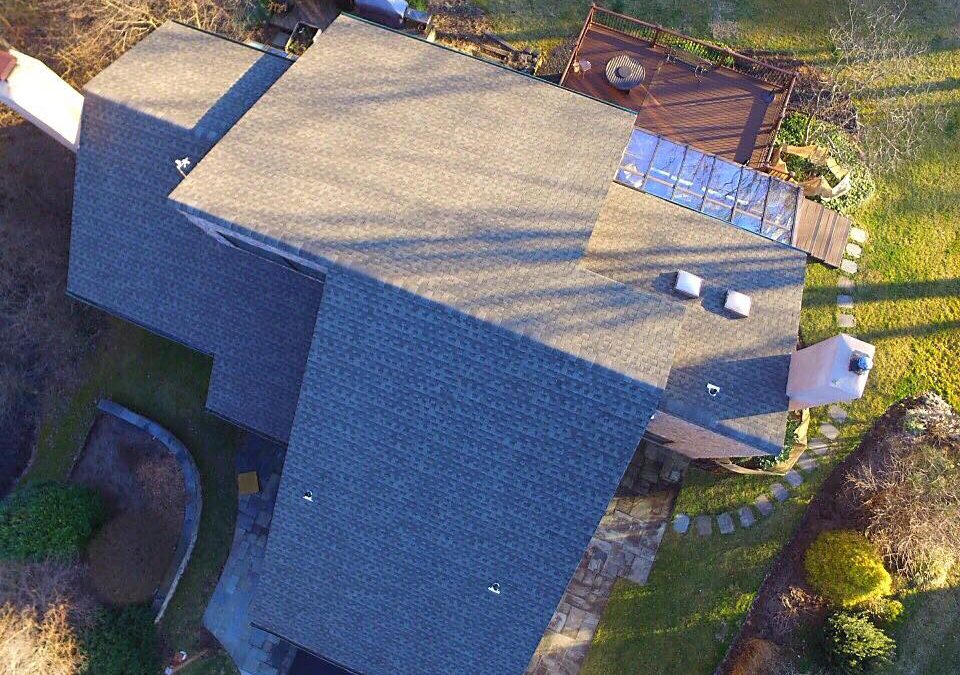If you have a leaky roof or you’re looking to replace yours before a problem occurs, you’re undoubtedly going to try and speak with a roofer. However, once a professional asks questions about your home’s roof, you may be stumped when it comes to understanding what they’re asking. Here are some key terms and concepts behind the idea of roof pitches, giving you a primer on what to know and how best to answer your roofing contractor.
What is a Roof Pitch?
Those looking into roof replacement should become familiar with the term “roof pitch,” which describes the slant, slope and angle of your roof. Some people’s homes have a roof with a large, dropping angle while others’ roofs are fairly level or flat. Understanding this term and how best to inform your roofer can be highly important in choosing the right materials for your home.
A basic roof pitch is a ratio or two numbers divided by a slash symbol. The numerator, the first number in the ratio or before the slash, indicates the vertical height of the roof’s slant. Meanwhile, the second number in the ratio or after the slash describes the horizontal length of the roof’s slant. The slope of your roof will fall somewhere between 1/12 and 12/12, with the scale peaking at 12 for most homes on the market.
High and Low Roof Pitches
High and low roof pitches are determined by your roofing contractor and the architecture of the home itself. High roof pitches are easily demonstrated through Victorian homes that have steep angles to their structure. A low roof pitch, on the other hand, can more often be seen in 1960s era homes with mid-century architecture, almost looking completely flat from a distance. The build of your home will determine your roof pitch.
Before you start into a replacement roofing project, understanding the questions your roofer has regarding your property can go a long way in completing the job correctly. When you’re searching for a roofing contractor, discuss the topic of roof pitches with them before proceeding with the purchase of materials.

